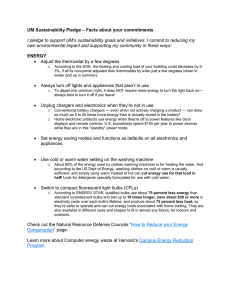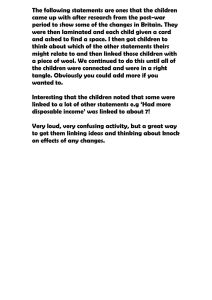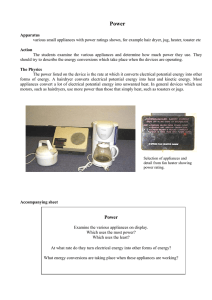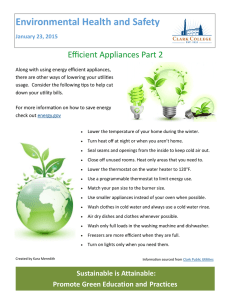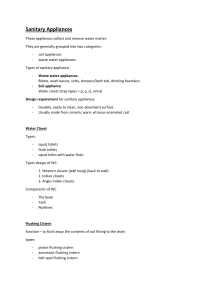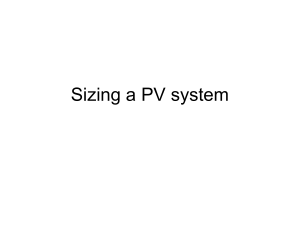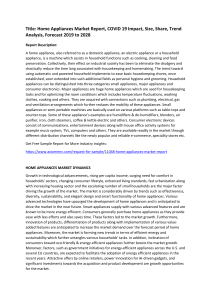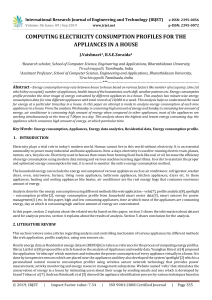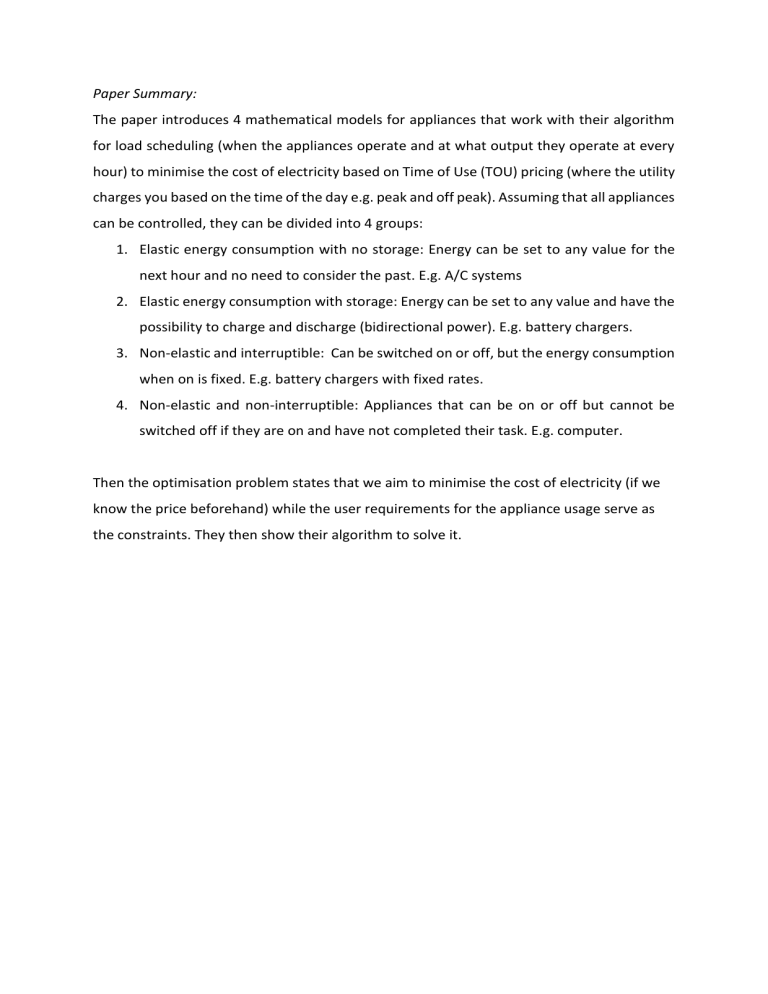
Paper Summary: The paper introduces 4 mathematical models for appliances that work with their algorithm for load scheduling (when the appliances operate and at what output they operate at every hour) to minimise the cost of electricity based on Time of Use (TOU) pricing (where the utility charges you based on the time of the day e.g. peak and off peak). Assuming that all appliances can be controlled, they can be divided into 4 groups: 1. Elastic energy consumption with no storage: Energy can be set to any value for the next hour and no need to consider the past. E.g. A/C systems 2. Elastic energy consumption with storage: Energy can be set to any value and have the possibility to charge and discharge (bidirectional power). E.g. battery chargers. 3. Non-elastic and interruptible: Can be switched on or off, but the energy consumption when on is fixed. E.g. battery chargers with fixed rates. 4. Non-elastic and non-interruptible: Appliances that can be on or off but cannot be switched off if they are on and have not completed their task. E.g. computer. Then the optimisation problem states that we aim to minimise the cost of electricity (if we know the price beforehand) while the user requirements for the appliance usage serve as the constraints. They then show their algorithm to solve it.

